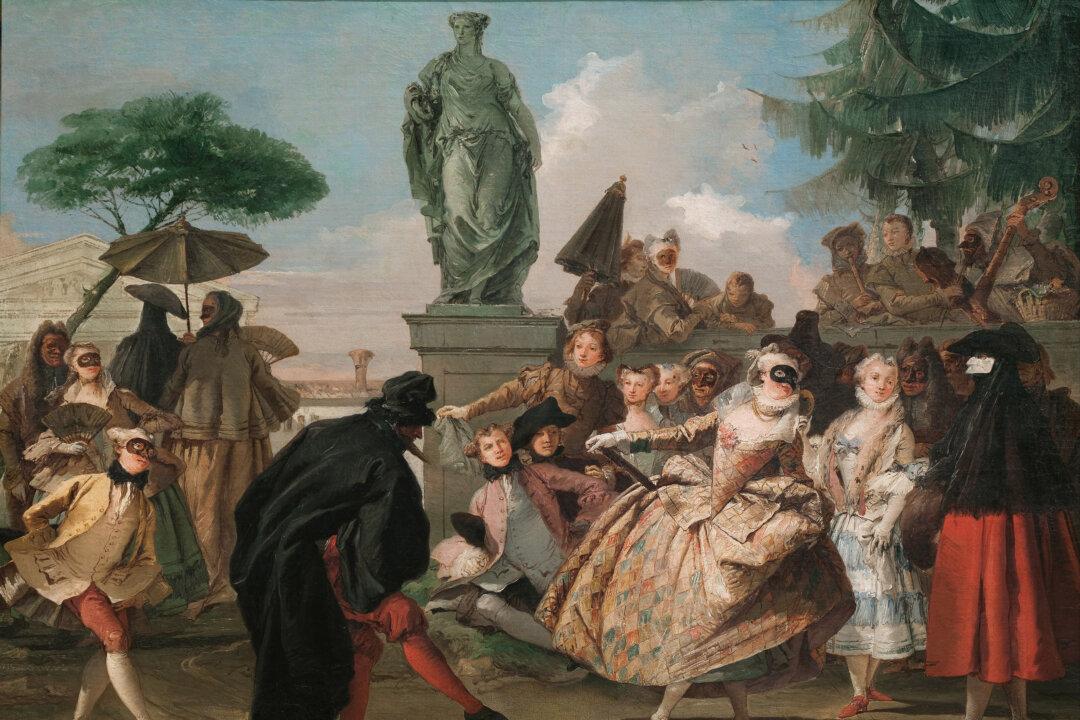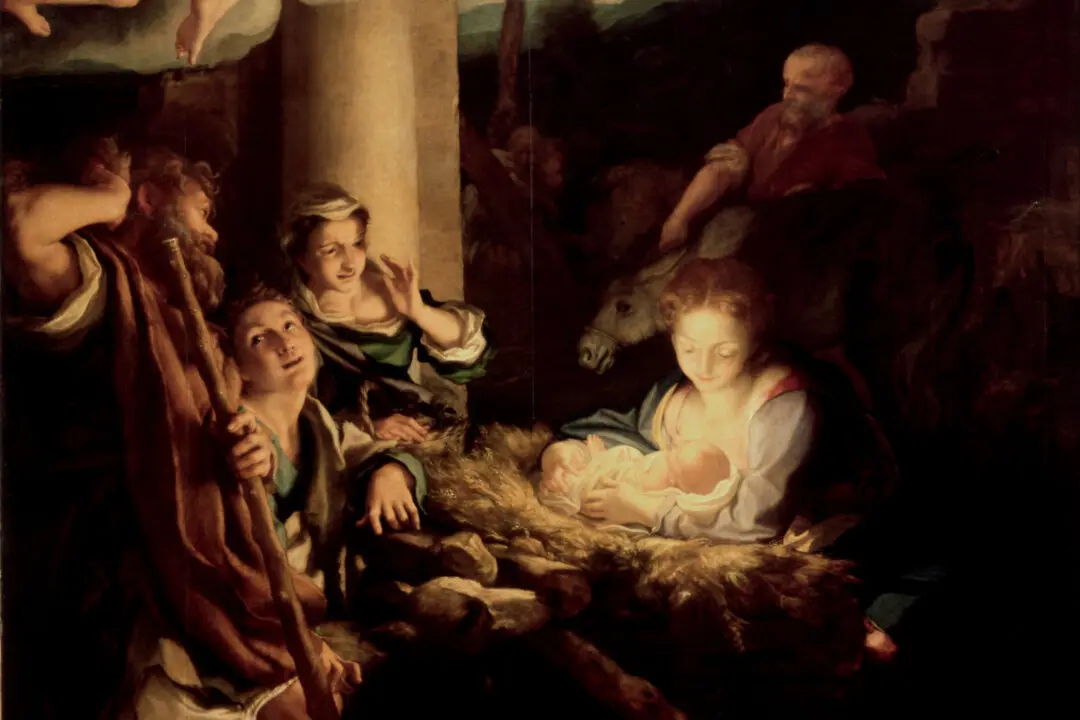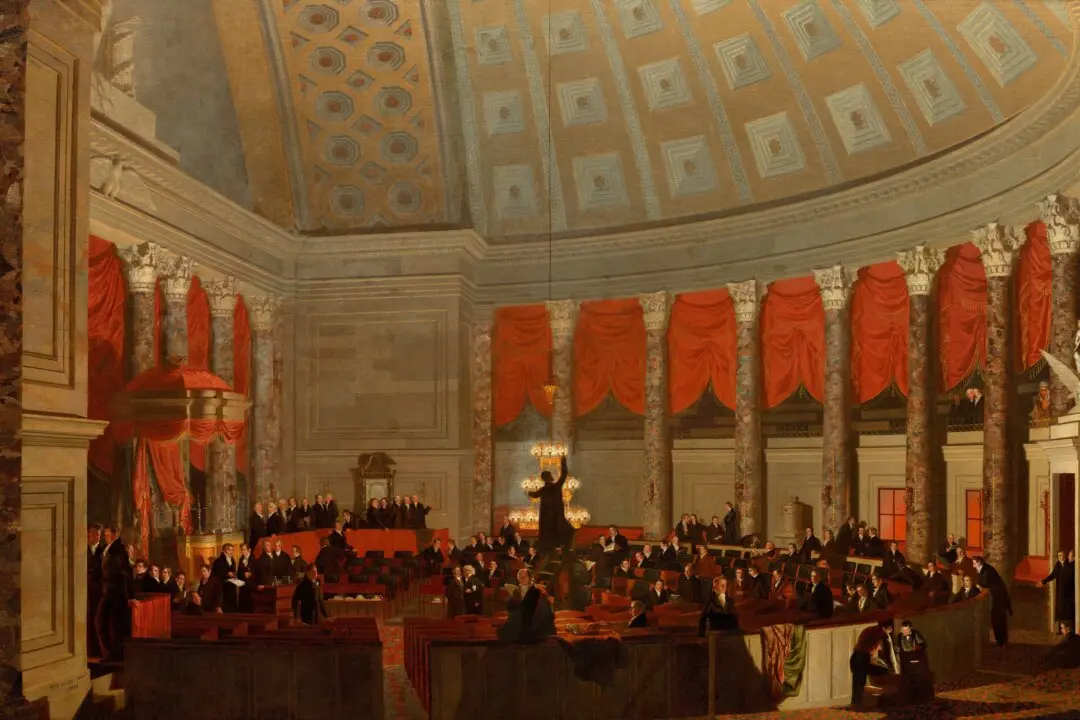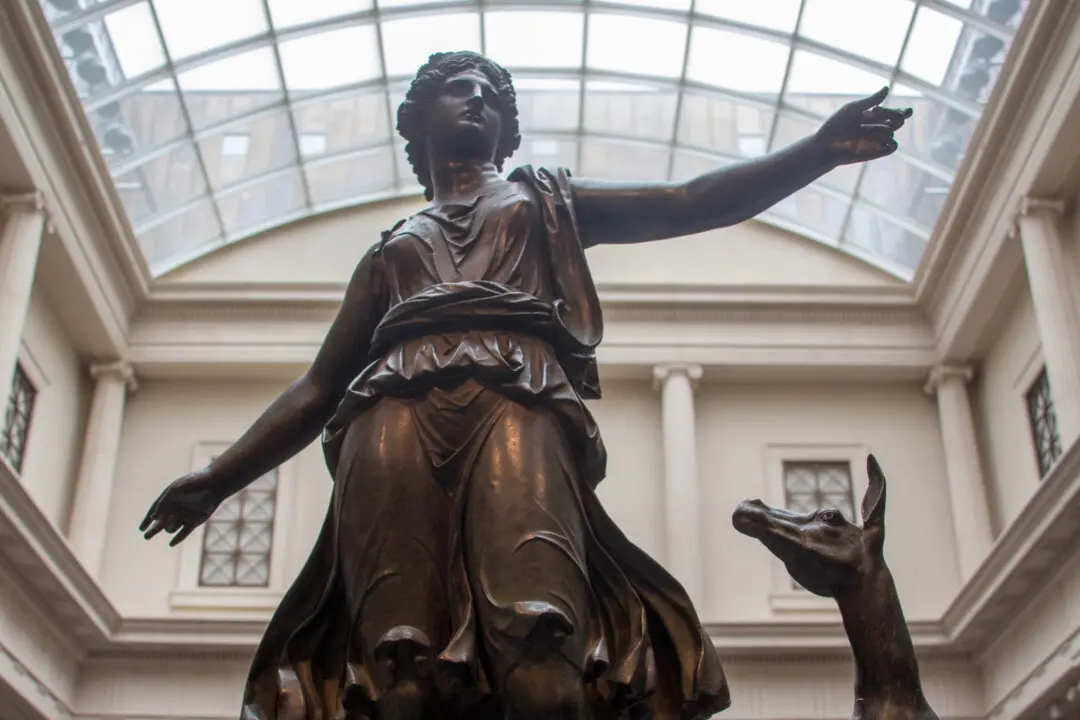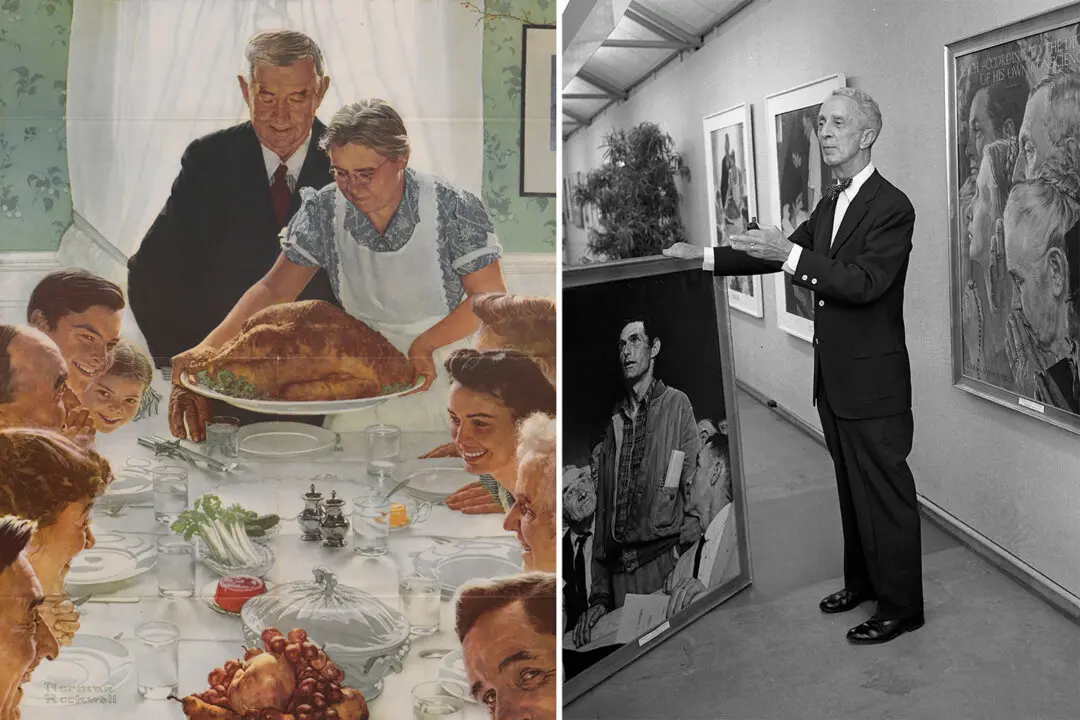Flamboyant stock characters, basic plots, improvised dialogue, and outdoor performances were key features of the commedia dell’arte. Its humorous plots frequently revolved around the trials and tribulations of young lovers. Actors unbounded by precise lines were able to shape their performances to fit their audience; they often partook in political commentary and earthy humor that skirted censorship. The Italian theatrical form was also ideal subject matter for the 18th-century Rococo movement.
Commedia dell’arte, or comedy of professional artists, was extremely popular throughout Europe from the 16th to the 19th centuries as musical theater. It originated in 15th-century northern Italy as a reaction against the commedia erudite, a scholarly and elitist type of theater, before quickly spreading throughout the continent and the British Isles.

